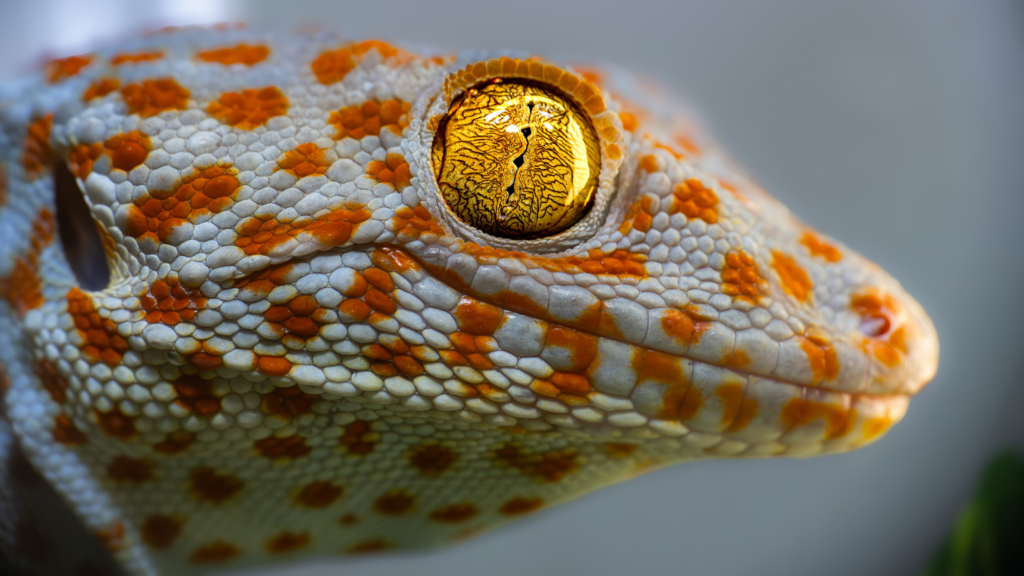
Unlike other reptiles, geckos can actually hear airborne sounds, or sounds that travel through the air in the form of sound waves, not just their vibrations. Figuring out the saccule’s role in how geckos hear may lead to a better understanding of communication and behavior in other animals that were previously believed to have more limited.
“A lot of snakes and lizards were thought to be ‘mute’ or ‘deaf’ in the sense that they do not vocalize sounds or hear sounds well,” study co-author and former University of Maryland graduate student Dawei Han said in a statement. “But it turns out they could potentially be communicating via vibrational signals using this sensory pathway instead, which really changes the way scientists have thought about animal perception overall.”
This shared sensory pathway in modern reptiles offers biologists a window into how vertebrate sensory systems evolved. The transition from aquatic to terrestrial environments likely involved more gradual and complicated changes in their hearing mechanisms than scientists previously thought.
While these findings are not directly connected to how humans hear, the team believes that there are some similarities at play.
“Think about when you’re at a live rock concert,” said Carr. “It’s so loud that you can feel your whole head and body vibrate in the sound field. You can feel the music, rather than just hearing it. That feeling suggests that the human vestibular system may be stimulated during those loud concerts, meaning our sense of hearing and balance may also be linked closely.”
The team hopes that these findings will spur investigations into mammalian hearing, particularly how this sensory pathway works. This established link between hearing and balance also could open up some new avenues for research, including the connection between hearing and balance disorders in humans.
“The implications of this research extend beyond the world of reptiles,” Han said. “As we uncover these hidden mechanisms, we’re also gaining a richer and more nuanced picture of how animals perceive and interact with their environments—and potentially, new insights into our own sensory experiences.”